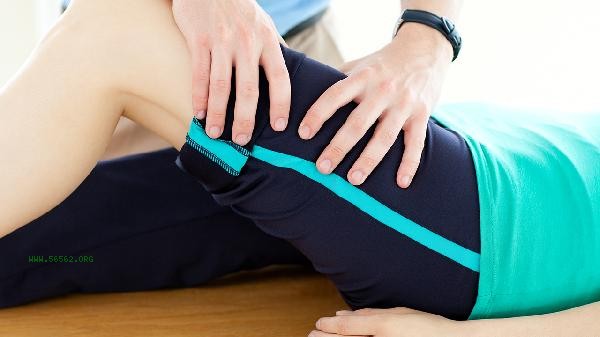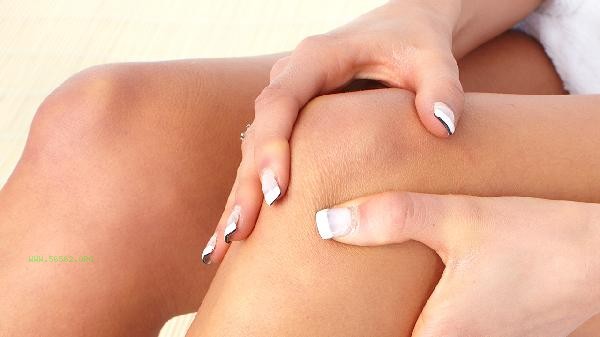After the reduction of shoulder dislocation, muscles can be exercised through shoulder stability training, progressive resistance training, joint range of motion recovery training, functional training, and posture adjustment training. During the rehabilitation process, it is necessary to avoid premature weight-bearing or vigorous exercise to prevent secondary injuries.

1. Shoulder stability training
In the early stage, static contraction is the main method, which activates the rotator cuff muscle group through isometric contraction. Practice squeezing the scapula against the wall, maintaining a 90 degree flexion of the elbow joint, and slowly contracting the muscles around the scapula for a few seconds. As the recovery progresses, elastic band internal rotation and external rotation training can be added, using low resistance elastic bands for small-scale joint control, with a focus on strengthening the coordinated contraction ability of the supraspinatus and subscapularis muscles.
2. Progressive Resistance Training
Starting from 3-4 weeks after reduction, light resistance training should be carried out by lifting 0.5-1 kg dumbbells horizontally. Adopting the principle of high repetition and low load, with 15-20 repetitions per group, focusing on training the anterior and middle deltoid muscles. Gradually transition to compound movements such as bending over and flying birds, enhancing the strength of the rear chain. Fascia relaxation should be performed before and after training to avoid muscle compensation.
3. Joint range of motion recovery training
uses pendulum motion to improve the sliding of the glenohumeral joint, leaning forward 90 degrees to allow the affected limb to naturally droop and draw circles. Cooperate with the pulley system to assist in lifting and gradually expand the range of motion within the painless range. Add scapular plane lifting training in the later stage, and complete controllable movements within the range of 30-45 degrees while maintaining a stable state of the scapula.

4. Functional training
simulates daily life movement design training, such as holding objects, translating, sliding door handles, and other closed chain movements. Using unstable plane training to enhance proprioception, such as four point kneeling support on a balance pad. In the later stage of recovery, dynamic exercises such as throwing and receiving medicine balls can be added to improve shoulder chest coordination.
5. Posture adjustment training
For common compensatory round shoulder postures, perform pectoralis minor muscle stretching and rhomboid muscle strengthening. Use the foam axis to relax the limited segment of thoracic spine backward extension, and cooperate with breathing training to improve the anteversion of scapula. Maintain a neutral posture with the chin retracted in daily life, avoiding prolonged lowering of the head to increase the load on the front shoulders.

During rehabilitation, it is recommended to use alternating cold and hot patches to relieve muscle tension. Mild soreness after training is normal, but prolonged pain requires a pause in training. Pay attention to supplementing high-quality protein and vitamin C in diet to promote soft tissue repair, and ensure 7-8 hours of sleep per day to accelerate recovery. After 6 weeks of evaluation by a doctor, upper limb exercises such as swimming and badminton can be gradually resumed, but confrontational exercises should be avoided within one year. Regularly review the magnetic resonance imaging to observe the healing of the labrum, and if necessary, wear functional protective equipment to provide additional support.








Comments (0)
Leave a Comment
No comments yet
Be the first to share your thoughts!